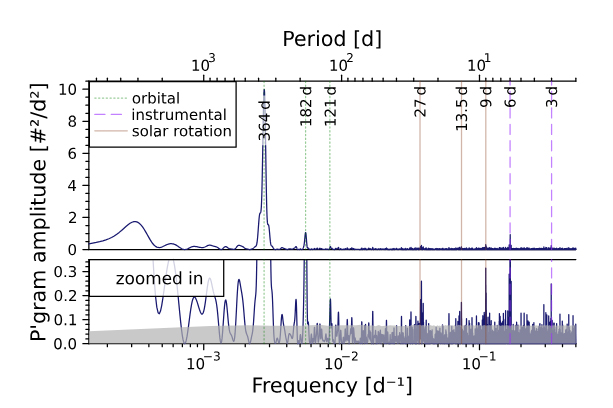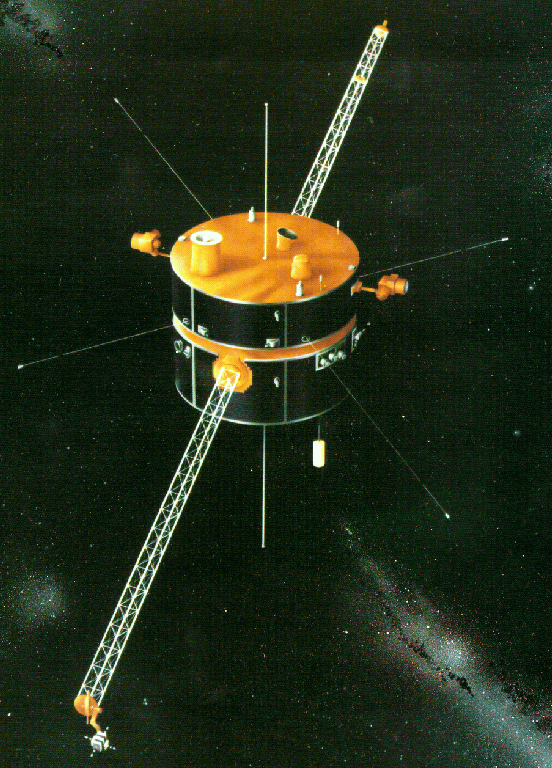New publication about signatures of the solar rotation in dust impact data measured by the Wind spacecraft
Impacts of cosmic dust particles can be measured with the plasma wave antenna instrument onboard the Wind spacecraft at the Sun-Earth Lagrange point L1. Using these data, we discovered signatures of the solar rotation in the dust impact data, finding another synergy between dust science and heliophysics.
The solar rotation signature is most likely associated with corotating interaction regions (CIRs) that, on average, cause a reduction of dust impact observations. CIRs are regions of compressed solar wind, when fast solar wind "overtakes’’ the slow solar wind. They can rotate along with the Sun over multiple rotations.
As the Wind spacecraft orbits the Sun, it is impacted by interplanetary and interstellar dust grains. If these grains are sufficiently massive and fast, their impacts can be detected by the plasma wave antennas onboard the spacecraft because a hypervelocity impact of a dust particle on a spacecraft body creates a little temporary plasma cloud. These measurements of dust impacts on Wind are known to vary over the spacecraft's orbit and with the solar magnetic cycle, indicating that many of these impacts stem from interstellar dust, besides the interplanetary dust. We have analysed almost two decades of the dust impact data, finding spectral peaks at the solar rotation period and its harmonics.
Cosmic dust particles are known to be affected by periodic structures in the solar wind and the interplanetary magnetic field, for example by corotating interaction regions; this has in the past been observed for the tiny yet fast particles of Jovian and Saturnian dust streams. Our investigation indicates that larger dust particles, like the interplanetary and interstellar dust detected by Wind, may also be affected by these solar wind structures. We find that, on average, corotating interaction regions cause a temporal reduction of dust impact detections by Wind's plasma wave antennas, resulting in the observed solar rotation signature. Future measurements like these but with an impact ionization detector will confirm its cause (e.g., dynamics of dust, or instrumental effects) and will yield more insights in the proportion of dust from interstellar space versus from interplanetary space.
The discovery of the solar rotation signature in cosmic dust impact data measured by Wind showcases that cosmic dust science and heliophysics are intertwined, offering a glimpse at new and exciting synergies between the two fields of research.

